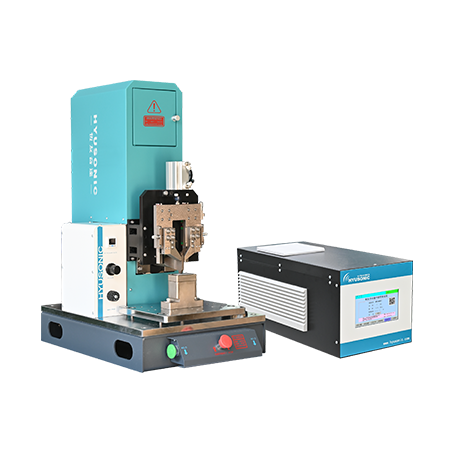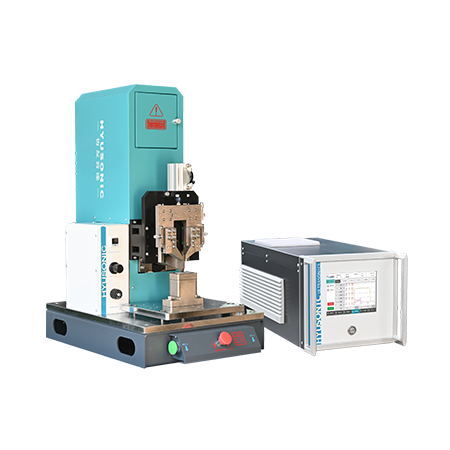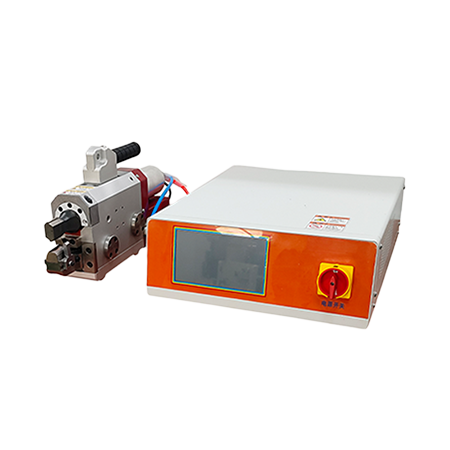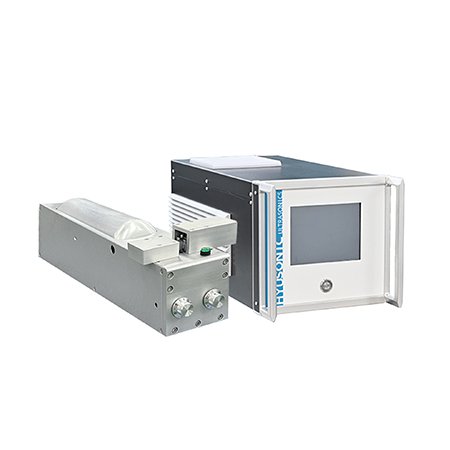
Optional Configurations
- Servo-Driven Precision Control
- MES Integration (Industry 4.0 Ready)
- Automated Load/Unload Systems
- Vision-Based Inspection & Recognition
ultrasonic wire splicer IQ series
-
European Imported Ultrasonic Components
It adopts German imported circuit board components and rigid joint connection to achieve high-precision control and stability. -
Full-Series Modular Design
Scalable configurations for diverse production needs. -
CE & ISO 9001 Certified
Compliant with EU safety standards and international quality management. -
3 Welding Modes & 2 Trigger Modes
Programmable logic for complex applications (Time/Energy/Peak Power/Distance/Ground Detect modes). -
Real-Time Monitoring & Quality Control
Dynamic data tracking (pressure/power/displacement) with automated fault alerts.
description
The IQ series ultrasonic wire splicer are specially designed for welding non-ferrous metal wire harnesses, featuring a lightweight modular design. With built-in solid-state ultrasonic transducers and German imported components, it offers optional tabletop or floor-standing configurations. Compared to the ST Series, it delivers superior stability and comprehensive quality control with an intelligent interface that offers real-time welding monitoring and multi-threshold adjustments, ensuring ±0.05mm consistency. Ideal for demanding non-ferrous metal harnesses (copper/aluminum) in automotive or EV battery lines, it matches top-tier global standards. Generally, the thicker the metal wire harness, the higher the requirements for the power output and stability of the ultrasonic metal wire bonding machine.
Why Choose ultrasonic wire splicer IQ series
German Stable Ultrasonic System
We have in-depth technical cooperation with Germany and use important components of ultrasonic systems that meet international standards to ensure the stability and quality of the machines.
Stable Ultrasonic System
The IQ series ultrasonic wire splicing machine is specially designed for welding wire harnesses. It adopts especially structure and German ultrasonic components,varieties of welding modes and triggering methods, and can weld quickly.
Price & Service
HYUSONIC, a Chinese ultrasonic welding machine manufacturer, ensures first-tier quality via excellent supply chains at favorable prices, offering comprehensive trial welding, training, warranty and after-sales support.
Technical data
| Parameter | Specifications/Range | |
|---|---|---|
| Technical Data | Machine Power | 800W / 1200W / 2500W / 3000W / 4000W / 5000W / 6000W / 10000W |
| System Frequency | 20kHz | |
| Power Input | ① AC220V ±10%, 50Hz/60Hz ② AC380V ±10% | |
| Weight | 55KG / 160KG | |
| Welding (Range/Precision) | Energy Range | 1ws – 9999ws |
| Welding Time | Range: 0.01s – 10s | |
| Dimensions | Frame (L×W×H) | 400mm × 680mm × 1280mm |
| Generator (W×D×H) | 265mm × 580mm × 255mm |
welding cases
Hyusonic’s ultrasonic wire splicers deliver reliable, flux-free bonding for copper and aluminum wire harnesses. Commonly used in EV batteries, automotive wiring, industrial controls, and medical device cables, they ensure low resistance, high conductivity, and consistent weld quality.
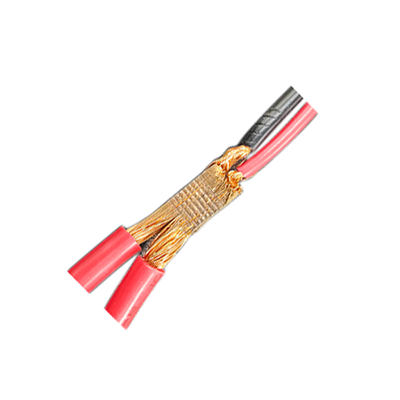
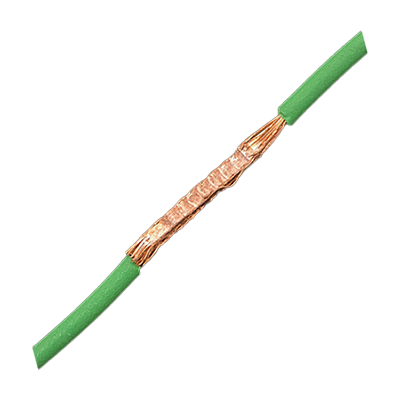
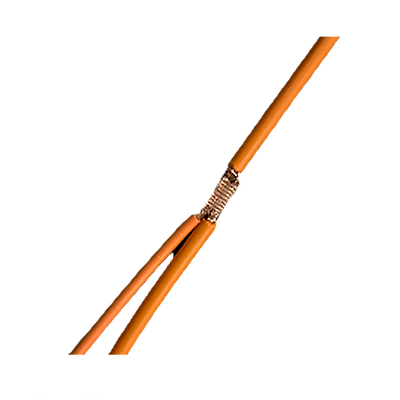
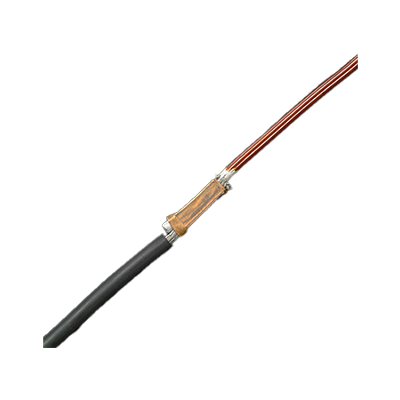
Customer FAQs
Why choose ultrasonic welding over resistance welding for copper harnesses?
Ultrasonic avoids heat-affected zones (HAZ), reduces energy use by 40%, and works with AC220V input (vs heavy 3-phase for resistance).
Ultrasonic welding has lower resistance, and most industries use copper wire to distribute electricity, which requires conductive properties.
How to weld multi-strand wires without fraying using ultrasonic splicers?
Use serrated anvils, apply 2000N–4000N clamping force, and set short weld times (0.1s–0.3s) to fuse strands uniformly.
How to validate weld strength in medical-grade wire harnesses?
Perform pull tests (≥80% base material strength), microsection analysis, and comply with ISO 13485 for hermetic seals.
How does ultrasonic wire harness welding improve conductivity compared to crimping?
Ultrasonic welding creates molecular bonds without oxidation, ensuring 99%+ conductivity. Crimping risks micro-gaps, leading to resistance buildup over time.
What is the maximum wire gauge an ultrasonic wire splicer can handle for automotive harnesses?
High-power machines (e.g., 4000W–6000W) reliably splice wires up to 10 AWG. For precision work (e.g., 24 AWG), use systems with 20kHz–40kHz frequency and 0.01mm displacement control.
Can ultrasonic wire splicers join copper and aluminum wires for hybrid harnesses?
Yes! Use 30kHz–35kHz frequency and pressure settings (e.g., 3000N) to fuse dissimilar metals without flux or solder.
Send your inquire now
What is ultrasonic splicing?
Ultrasonic splicing is a welding method that joins non-ferrous metal wire harnesses using ultrasonic energy. It primarily utilizes an ultrasonic transducer to convert electrical energy into mechanical energy, which is transmitted to the metal wire harness via a sonotrode (welding horn). The metal wire harness generates localized heat under high-frequency vibration (typically 20-40kHz), breaking down the surface oxide layer. Through plastic deformation and atomic diffusion, the metal atoms form a metallurgical bond, and finally, ultrasonic splicing is achieved under the pressure applied by the horn. This process is a solid-state welding technique, avoiding melt-based fusion.
What is the best method of wire splicing?
1.Ultrasonic Splicing
- Advantages: Ideal for non-ferrous metals (Cu, Al), low thermal damage, high strength, and precision (0.1–10 mm² wires).
- Use Cases: Automotive wiring, lithium batteries, aerospace.
2. Crimping
- Advantages: Simple, cost-effective, suitable for field repairs; works with various wire gauges.
- Use Cases: Household wiring, industrial control panels.
3. Soldering
- Advantages: Excellent conductivity for fine-pitch wires (e.g., <0.5 mm²), repairable.
- Use Cases: PCB electronics, audio cables.
4. Laser Welding
- Advantages: Extreme precision (down to 10 µm), minimal HAZ, automated for cleanroom environments.
- Use Cases: Medical devices, micro-electronics.
5. Resistance Welding
- Advantages: High-speed splicing for thick cables (10–50 mm²), cost-effective for power systems.
- Use Cases: Automotive battery cables, industrial wiring.
Key Selection Factors
- Material: Non-ferrous metals → ultrasonic/laser; small gauges → soldering/ultrasonic.
- Strength & Conductivity: Ultrasonic/laser for high tensile strength; soldering/ultrasonic for low resistance.
- Environment: High-temperature/humidity → ultrasonic over soldering.


